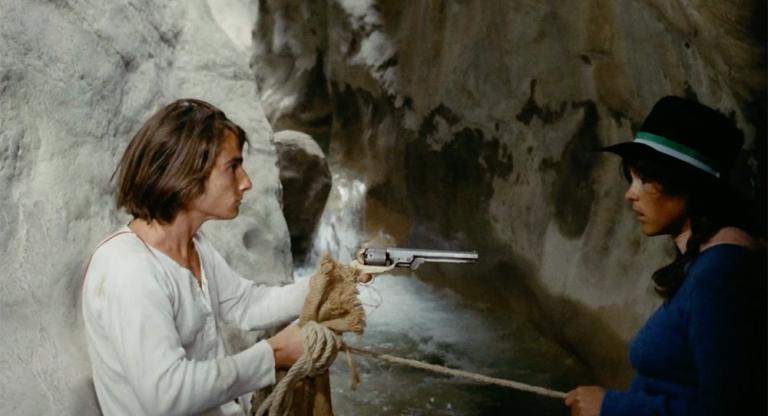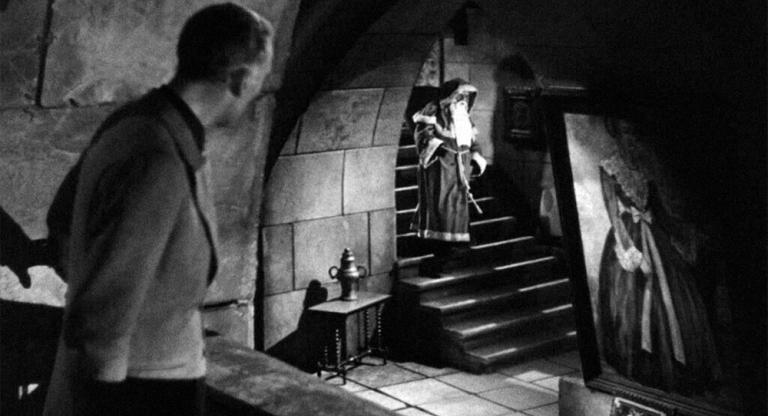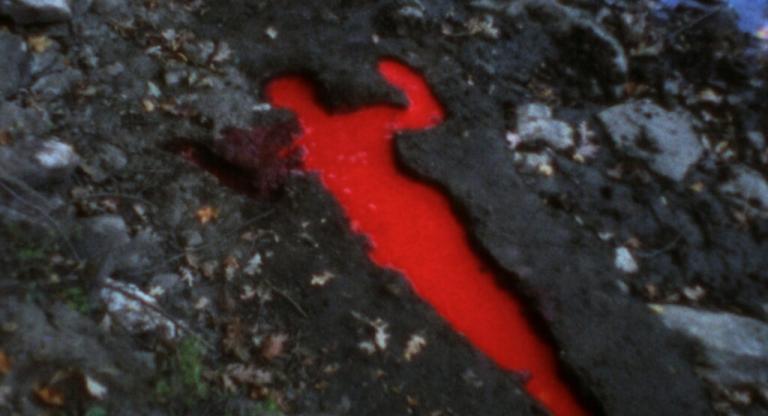When Jerry Lewis returned to movie screens after a decade-long absence with Hardly Working (1980), he opened the film with a rapid-fire montage of highlights from his ‘50s and ‘60s comedies. These clips showed a young, impossibly energetic dynamo backed with all the resources of the Hollywood Dream Factory. Clearly intended to re-establish Lewis’s pedigree, the montage couldn’t help but render Hardly Working an accidental meditation on its star’s diminished status. Shot on a low budget in unglamorous Florida suburbs, the film began with Lewis being laid off from his job as a circus clown, resolving to become a productive member of the workforce. As Jonathan Rosenbaum wrote in his review, “Jerry Lewis is America, and both are hardly working.”
This is not the spirit of Smorgasbord (1983), the Total Filmmaker’s next and final testament. Where Hardly Working was marketed with the desperate tagline “The original Jerk” (alluding to the then-recent Steve Martin blockbuster), Smorgasbord introduces its star as “Jerry—who else?” Reminiscent of Lewis’s directorial debut, The Bellboy (1960), in its tangential sketch-comedy structure, and The Ladies Man (1961) in its eye-popping (though significantly less-expensive) production design, Smorgasbord also has an acid streak, informed by the decade that its director/star spent in the wilderness.
Lewis stars as a non-character called “Warren Nefron,” who seeks psychiatrist help for his suicidal tendencies. The film opens with a hilarious series of botched suicide attempts before transitioning into one of Lewis’s most inspired pieces of sustained physical comedy, as he slips, slides, and pratfalls on every shiny surface of his doctor’s office. Once settled on the couch, Smorgasbord becomes a series of odd comic ideas—long, short, smart, stupid—linked only by the barest tinsel of plot and character. Soon enough, we get an extended interlude with Jerry in 17th century France, or in a gallery where the artworks turn violent, or on a flight with the world’s worst airline, or wherever Lewis’s imagination takes him. Throughout, Lewis explores a dizzying variety of comic textures. Some scenes, like that early pratfall symphony, are conceptually stimulating and beautifully realized, but not exactly ha-ha funny. Other ideas are so simple and juvenile that they’re like direct punches to the funny bone (do you laugh at several minutes of Lewis babbling gibberish in a fake French accent? I sure do). A few conceits, like the airline sequences, function smoothly as well-executed, laugh-generating set-pieces. And other scenes venture into something closer to, for want of a better term, “anti-comedy,” like a scene at a café where Lewis listens to the server recite the long, long lists of options.
Proudly hit-and-miss, Smorgasbord is an exciting throwback to Lewis’s freewheeling early-‘60s work, before the uncertain attempts to mature his image (Three on a Couch, 1966) or keep up with the times (Which Way to the Front, 1970). But it also departs from his early films in its lack of Chaplinesque sentimentality, as well as its preoccupation with suicide—something that Lewis himself claimed to have considered during his personal and professional nadir in the mid-‘70s. Several of Smorgasbord’s funniest scenes feature Lewis trying and failing to end his life, wearily accepting that, as Dorothy Parker once said, you might as well live. In the last act of Hardly Working, the Lewis character finally matured into a hard-working, high-performing worker for the U.S. Postal Service… until he abruptly threw it all away to hitch-hike to clown college. Smorgasbord makes good on that statement of principle. Just as Julius Kelp determined that “You might as well like yourself. Just think about all the time you're going to have to spend with you,” Smorgasbord finds Lewis’s directorial career ending on a note that was defiantly his own.
Smorgasbord screens this evening, April 16, and April 19, at the Roxy on 35mm as part of “Owen Kline & Bob Furmanek Present.”



